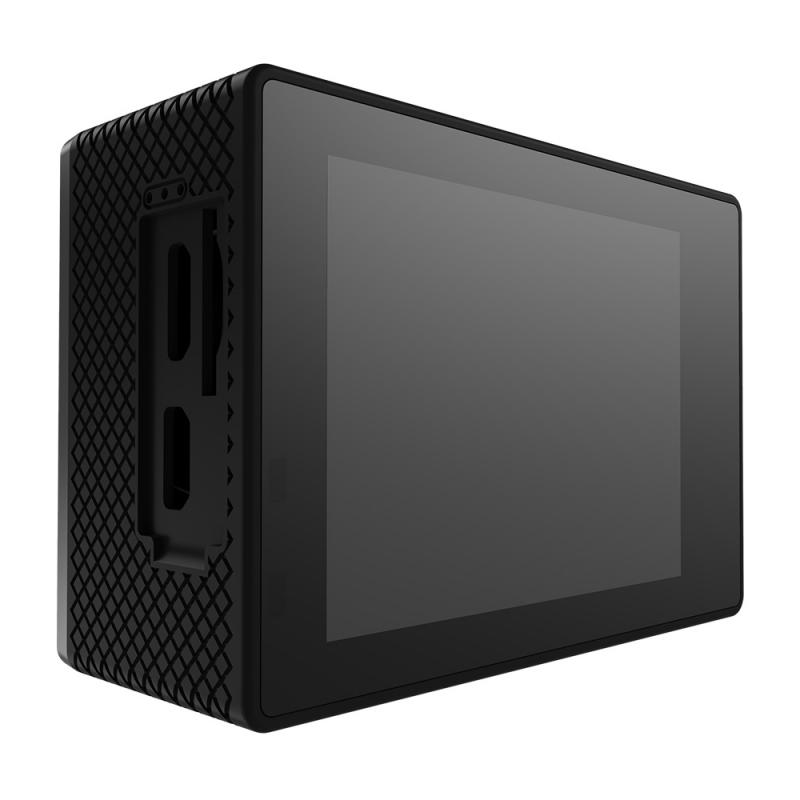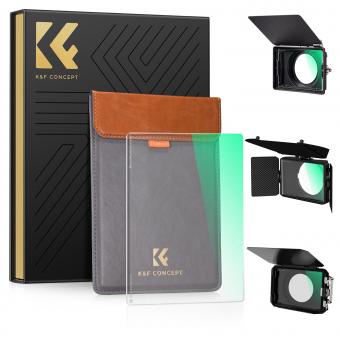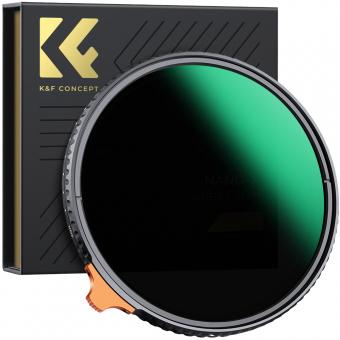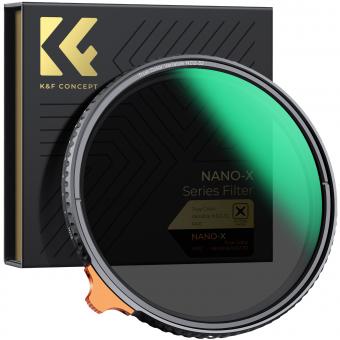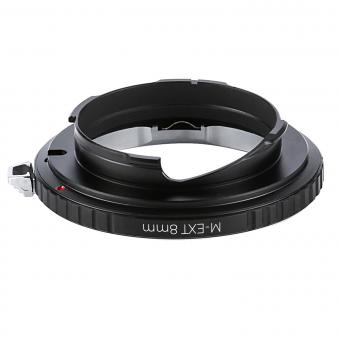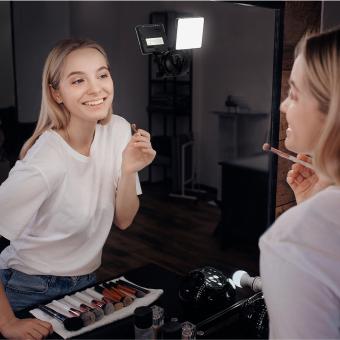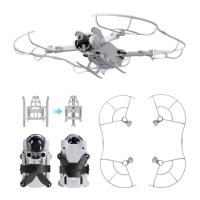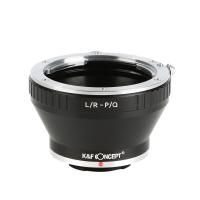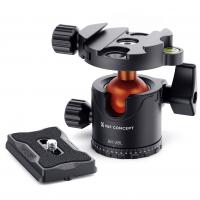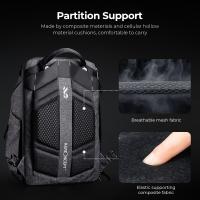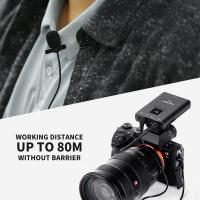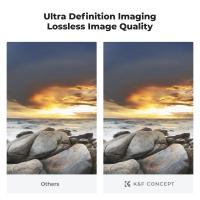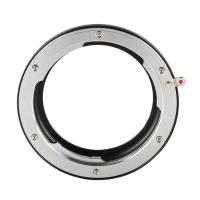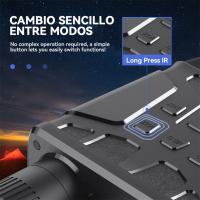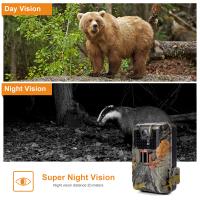What Nd Filter To Get For Video ?
The ND filter you should get for video depends on the lighting conditions you will be shooting in and the desired effect you want to achieve. Generally, a 3-stop ND filter is a good starting point for shooting in bright daylight conditions, while a 6-stop or higher ND filter may be necessary for shooting in extremely bright conditions or for achieving a more dramatic effect with motion blur. It's important to choose a high-quality ND filter that won't degrade the image quality or introduce unwanted color casts. Additionally, consider the thread size of your lens and make sure to choose an ND filter that fits properly.
1、 Neutral Density Filter Basics
"What ND filter to get for video" is a common question among videographers and filmmakers. The answer depends on the shooting conditions and the desired effect. Neutral density (ND) filters are used to reduce the amount of light entering the camera lens without affecting the color or contrast of the image. This allows for wider apertures, slower shutter speeds, and smoother motion blur, which are essential for achieving a cinematic look in video.
The most common ND filters for video are the 0.6 (2-stop), 0.9 (3-stop), and 1.2 (4-stop) filters. These are suitable for most outdoor shooting scenarios, such as bright daylight or sunny conditions. However, if shooting in extremely bright conditions, such as snow or beach scenes, a 1.5 (5-stop) or 1.8 (6-stop) filter may be necessary.
It's important to note that the higher the ND filter number, the darker the image will become, which may require longer exposure times or higher ISO settings. This can introduce noise or grain into the image, so it's important to find a balance between the desired effect and the technical limitations of the camera.
In recent years, variable ND filters have become popular among videographers. These filters allow for adjustable levels of light reduction by rotating the filter ring, making them versatile for changing lighting conditions. However, some variable ND filters can introduce color casts or vignetting, so it's important to choose a high-quality filter from a reputable brand.
In summary, choosing the right ND filter for video depends on the shooting conditions and desired effect. The 0.6, 0.9, and 1.2 filters are suitable for most outdoor scenarios, while higher stop filters may be necessary for extremely bright conditions. Variable ND filters offer versatility but may introduce technical limitations or image quality issues.
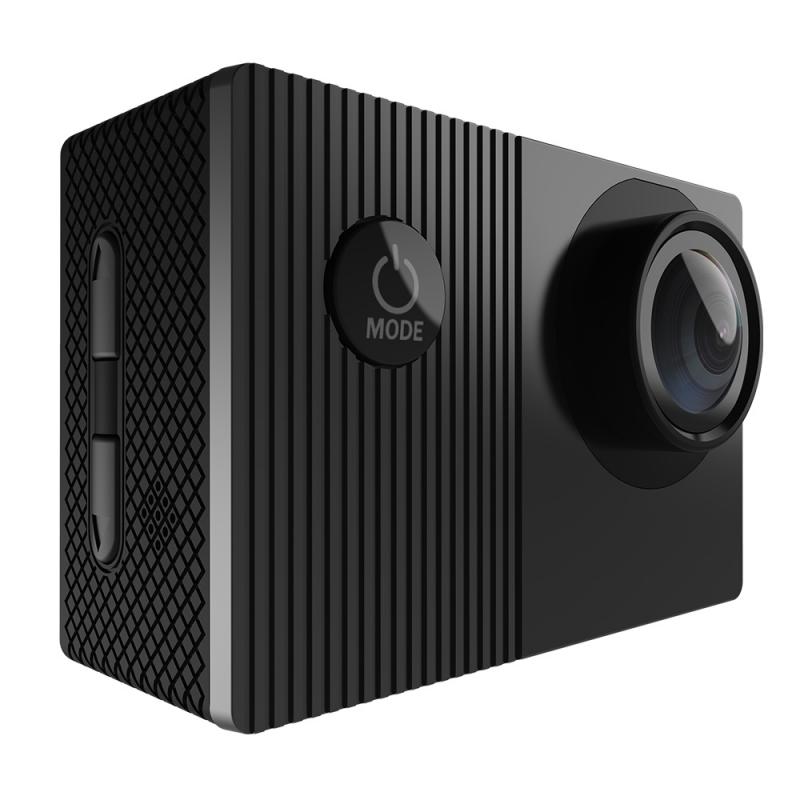
2、 Types of ND Filters for Video
When it comes to shooting video, ND filters are essential tools for controlling exposure and achieving the desired look. ND filters reduce the amount of light entering the lens, allowing you to use wider apertures, slower shutter speeds, and lower ISO settings without overexposing the image. There are several types of ND filters available, each with its own strengths and weaknesses.
1. Fixed ND Filters: These filters have a set amount of light reduction, such as 2 stops, 4 stops, or 6 stops. They are the most affordable and straightforward option, but they limit your flexibility in changing lighting conditions.
2. Variable ND Filters: These filters allow you to adjust the amount of light reduction by rotating the filter ring. They are more expensive than fixed ND filters, but they offer greater flexibility and convenience.
3. Graduated ND Filters: These filters have a gradual transition from clear to dark, allowing you to balance the exposure between the bright sky and the darker foreground. They are useful for landscape and outdoor videography.
4. Polarizing ND Filters: These filters combine the light reduction of an ND filter with the polarizing effect of a polarizer filter. They reduce glare and reflections, enhance colors, and improve contrast.
When choosing an ND filter for video, consider the lighting conditions, the desired look, and the lens diameter. It's also important to invest in high-quality filters to avoid color casts, vignetting, and other issues. The latest point of view is that variable ND filters are becoming increasingly popular due to their convenience and versatility.

3、 Choosing the Right ND Filter Strength
Choosing the right ND filter strength for video is crucial to achieving the desired effect in your footage. ND filters are used to reduce the amount of light entering the camera lens, allowing you to use wider apertures or slower shutter speeds without overexposing the image. The strength of the ND filter is measured in stops, with higher numbers indicating a greater reduction in light.
The most common ND filter strengths for video are ND4, ND8, ND16, and ND32. ND4 reduces light by two stops, ND8 by three stops, ND16 by four stops, and ND32 by five stops. The strength you choose will depend on the lighting conditions and the effect you want to achieve.
For example, if you are shooting in bright sunlight and want to use a wide aperture for a shallow depth of field, you may need an ND16 or ND32 filter to reduce the amount of light entering the lens. On the other hand, if you are shooting in overcast conditions or indoors with artificial lighting, an ND4 or ND8 filter may be sufficient.
It's important to note that the strength of the ND filter you choose will also affect the color temperature of your footage. Some ND filters can introduce a color cast, so it's important to choose a high-quality filter that maintains color accuracy.
In recent years, variable ND filters have become increasingly popular for video. These filters allow you to adjust the strength of the ND effect by rotating the filter, giving you greater flexibility in changing lighting conditions. However, it's important to note that some variable ND filters can introduce a crosshatch pattern or other artifacts in your footage, so it's important to choose a high-quality filter from a reputable brand.
In summary, choosing the right ND filter strength for video depends on the lighting conditions and the effect you want to achieve. ND4, ND8, ND16, and ND32 are the most common strengths, but variable ND filters offer greater flexibility. Always choose a high-quality filter to maintain color accuracy and avoid artifacts in your footage.
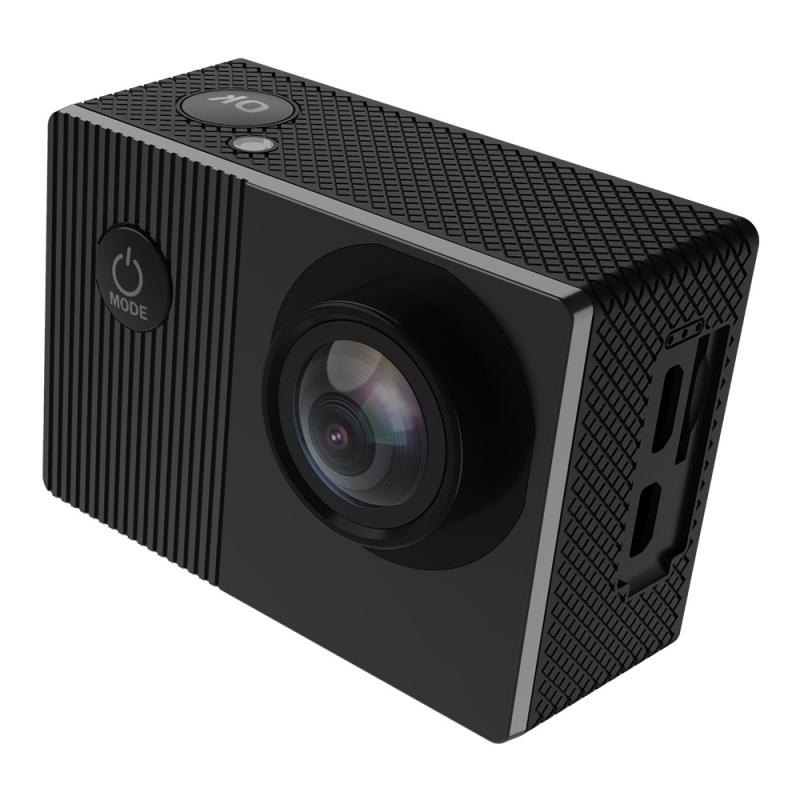
4、 ND Filter Compatibility with Camera Lenses
What ND filter to get for video is a common question among videographers and filmmakers. The answer depends on the specific shooting situation and the camera being used. ND filters are used to reduce the amount of light entering the camera lens, allowing for wider apertures and slower shutter speeds. This is particularly useful in bright outdoor settings where the camera's exposure settings may not be enough to achieve the desired look.
When choosing an ND filter for video, it is important to consider the filter's strength, or how much light it blocks. ND filters are rated in stops, with higher numbers indicating greater light reduction. For most outdoor shooting situations, a 3-stop or 6-stop ND filter is sufficient. However, for extremely bright conditions, a 10-stop ND filter may be necessary.
Another important factor to consider is the compatibility of the ND filter with the camera lens. ND filters come in different sizes and thread mounts, so it is important to choose a filter that fits the specific lens being used. Some lenses may also require a larger filter size to avoid vignetting or dark corners in the image.
In terms of the latest point of view, there has been a growing trend towards using variable ND filters for video. These filters allow for adjustable light reduction, making them more versatile in changing lighting conditions. However, they can also introduce color shifts and image quality issues, so it is important to choose a high-quality variable ND filter from a reputable brand.
Overall, choosing the right ND filter for video requires careful consideration of the shooting situation and camera equipment. By selecting the appropriate filter strength and ensuring compatibility with the lens, videographers can achieve the desired look and exposure in their footage.
